Frequently Asked Questions about Akira
Akira, Katsuhiro Otomo's masterpiece, has fascinated audiences worldwide since its publication as a manga in 1982 and its subsequent film adaptation in 1988. Here you'll find answers the most common topics about this influential Japanese science fiction work.
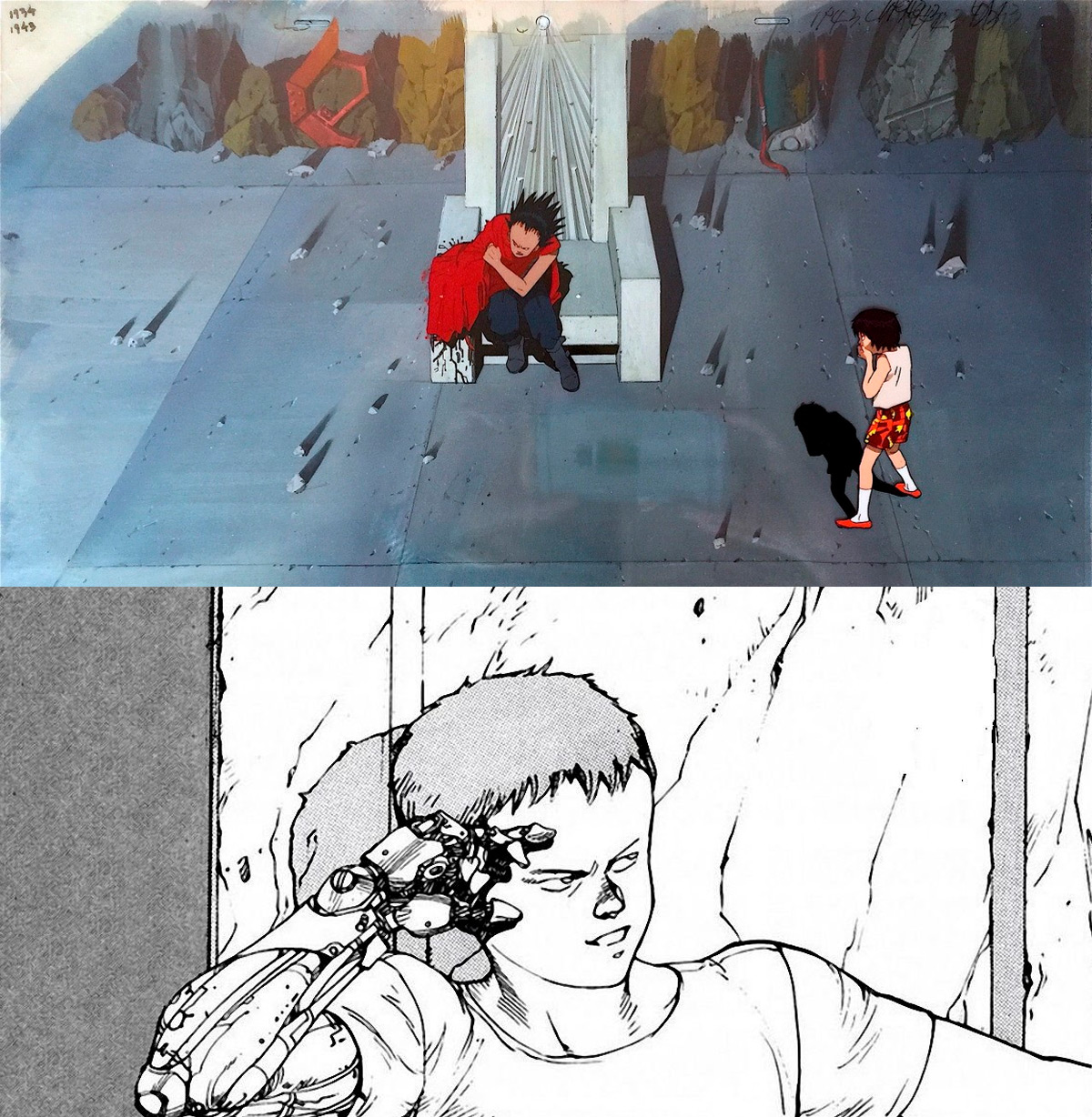
Another fundamental difference is the ending. The manga's conclusion is way more complex and elaborate, with a deeper exploration of Tetsuo's transformation and Akira's significance. The film ends more abruptly and enigmatically, leaving many questions unanswered that the manga addresses in greater detail.
Additionally, characters like Lady Miyako and Kiyoko play much more prominent roles in the manga, while they barely appear or are completely omitted in the film adaptation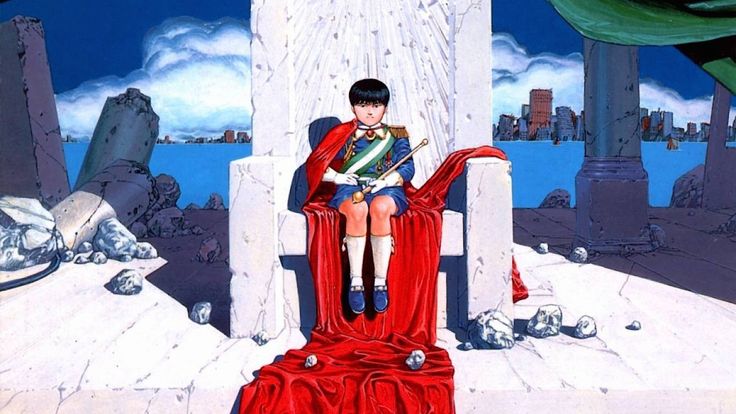
Akira is a child who was part of a group of test subjects in secret government experiments designed to develop psychic abilities. Despite his apparent fragility, Akira has immeasurable psychic power that caused Tokyo's destruction in 1988 and setting the stage for the main narrative that occurs 31 years later.
What makes Akira so important isn't just his immense power, but what he symbolically represents. Akira embodies humanity's evolutionary potential, a quantum leap in human development that society isn't prepared to understand or control. His existence raises fundamental questions about unfettered scientific progress, governmental and military power, and the limits of human evolution.
In the story, Akira remains in cryogenic stasis, preserved by the government as both a resource and a latent threat. His awakening becomes the central catalyst of the plot, triggering a chain of events that affects all the main characters. For Colonel Shikishima, Akira represents a potential weapon and a threat that must be contained. For the religious resistance led by Lady Miyako, he is an almost messianic figure. For Tetsuo, Akira becomes an obsession, a symbol of the power he simultaneously craves and fears.
Akira's true nature transcends his physical form, representing a cosmic force or higher state of consciousness that eventually absorbs or merges with Tetsuo at the story's climax, suggesting a continuous cycle of destruction and rebirth that reflects themes deeply rooted in post-Hiroshima Japanese culture.
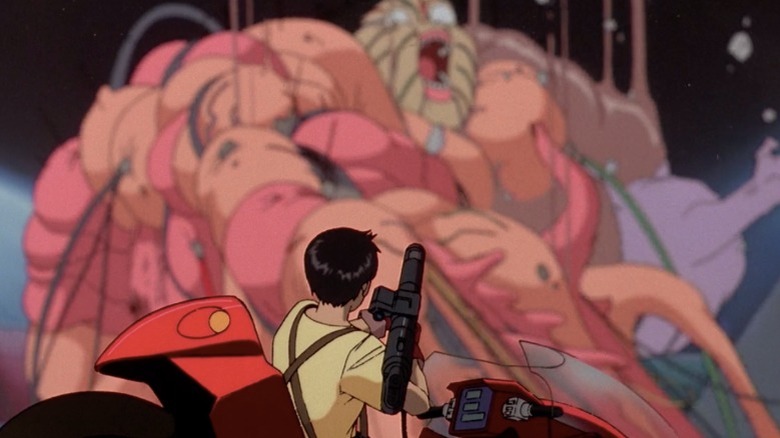
The ending of the Akira anime has been the subject of many debates and interpretations. In the final scenes, Tetsuo, unable to control his growing psychic powers, undergoes a grotesque and painful transformation. His body expands uncontrollably, consuming everything in its path, including his girlfriend Kaori. At this critical moment, the psychic children appear alongside the entity of Akira, who had been previously awakened.
What happens next can be interpreted in several ways. A common interpretation is that Akira and the children create a singularity or pocket universe to contain Tetsuo's uncontrolled powers, thus saving Neo-Tokyo from a second destruction. Kiyoko's final words, "Akira is with him," suggest that Tetsuo has reached a state of existence similar to Akira's, transcending his physical form to become an entity of pure energy or higher consciousness.
The ending can also be viewed as a metaphor for the cycle of destruction and rebirth. Japan, a nation deeply marked by nuclear devastation, reflects in Akira its collective traumas and capacity for reconstruction. Tetsuo's final voice, proclaiming "I am Tetsuo," can be interpreted as an affirmation of identity in the face of transformation, or as acceptance of his new state of existence.
From a more philosophical perspective, the ending explores themes of human evolution and transcendence. Tetsuo doesn't die in the conventional sense but evolves into something beyond human understanding, reflecting the idea that the next step in human evolution might be incomprehensible from our current perspective.
Otomo deliberately left the ending open to interpretation, so viewers can reflect on these complex themes and draw their own conclusions.
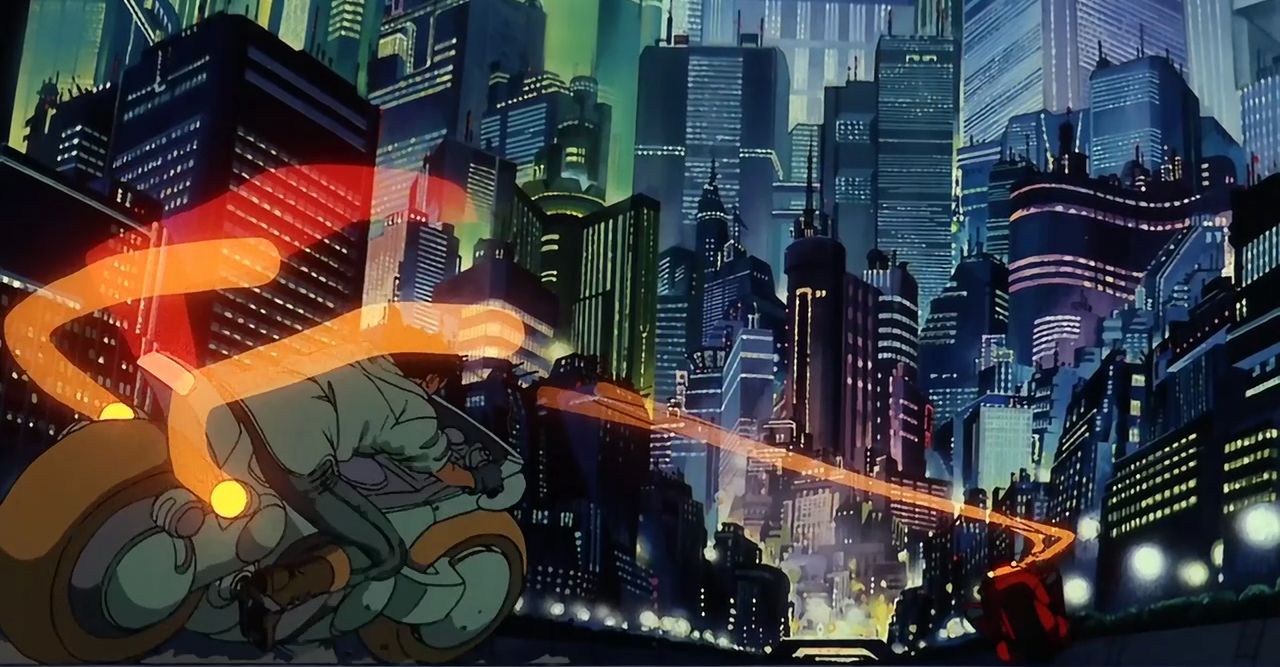
Akira revolutionized both anime and the science fiction genre for multiple reasons. The film arrived when Japanese animation was trying to reach more mature audiences and complex themes. Akira demonstrated that animation could address deeply philosophical and political themes with visual and narrative sophistication comparable to any live-action film.
Also, the plot addresses issues such as the consequences of nuclear war, government corruption, unethical scientific experimentation, youth rebellion, and human evolution. Its depiction of a dystopian but technologically advanced future, with a distinctive cyberpunk aesthetic, profoundly influenced subsequent works like The Matrix,Neon Genesis Evangelion, and Ghost in the Shell.
Culturally, Akira helped to introduce anime and manga to Western audiences. For many viewers outside Japan, Akira was their first exposure to Japanese animation for adults, challenging the perception that animation was exclusively for children. Its international success opened doors for the global distribution of other anime works and contributed to the worldwide appreciation of Japanese popular culture.
Akira's influence extends beyond anime and manga, permeating fashion, music, video games, and live-action cinema. Its distinctive visual aesthetic, characterized by bright neons against decaying urban landscapes, has been referenced and honored in countless subsequent works, cementing its status as a fundamental pillar of contemporary pop culture.
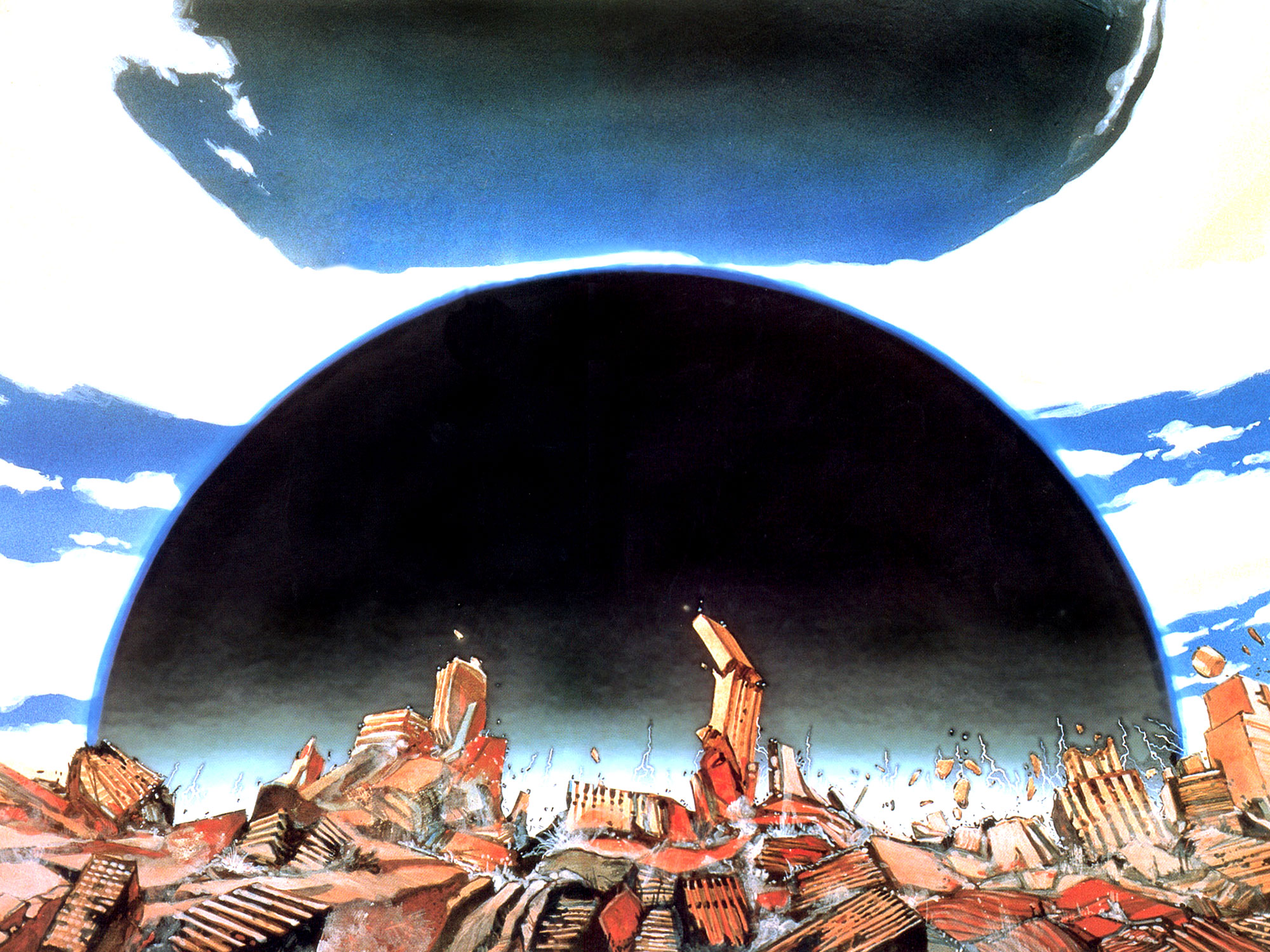
The creation of Akira is deeply rooted in the historical and cultural context of post-war Japan. Katsuhiro Otomo grew up in a country still processing the trauma of World War II and the atomic bombings of Hiroshima and Nagasaki. This way, the opening theme of apocalyptic destruction directly evokes the atomic bombings. A huge crater in the city center, followed by reconstruction and the emergence of Neo-Tokyo, reflects Japan's historical experience of destruction and rebirth after the war.
Akira also captures the generational and social tension of 1980s Japan, an era of unprecedented economic prosperity but also growing youth alienation. The motorcycle gangs (bōsōzoku) were a real phenomenon at the time, symbolizing rebellion against a highly structured and conformist society. Neo-Tokyo is portrayed as a technologically advanced but socially dysfunctional metropolis that reflects the contradictions of the "Japanese economic miracle," where material progress coexisted with a growing spiritual vacuum.
Religiously, Akira incorporates elements of Shintoism and Buddhism, particularly in its exploration of themes such as transformation, transcendence, and the cycle of destruction and rebirth. The figure of Akira himself seems to be an almost divine entity, reminiscent of Shinto deities (kami) that can be both benevolent and destructive.
The political context of the work is also significant. Japan in the 1980s was experiencing debates about its national identity, its role on the world stage, and remilitarization—themes reflected in the narrative through the tension between military government and the various factions seeking power.
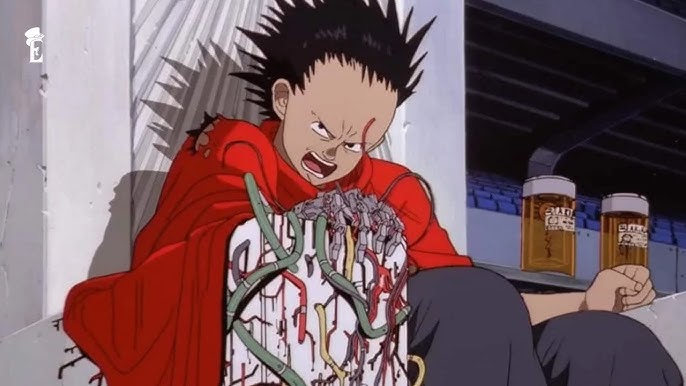
Tetsuo Shima's evolution from an insecure teenager to an entity of almost divine power encapsulates multiple layers of meaning.
First of all, his transformation symbolizes the dangerous potential of power without emotional maturity or moral responsibility. At the beginning of the story, Tetsuo is presented as a young man living in the shadow of his friend Kaneda. His resentment make him particularly vulnerable when he acquires psychic abilities. This power amplifies his insecurities, leading him down a path of destruction that reflects how devastating can be such power without wisdom.
Philosophically, Tetsuo's final transformation suggests the possibility of evolution beyond physical form, toward a higher state of consciousness. This idea connects with Buddhist concepts of enlightenment and transcendence of the ego, suggesting that true power comes not from dominating others but from transcending the limitations of material existence and individual ego.
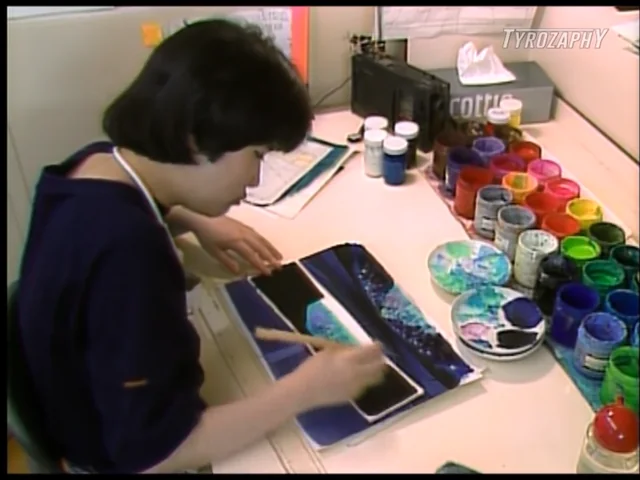
The extraordinary production budget allowed Otomo to implement animation techniques that were unusually sophisticated for the era. One of the most notable innovations was the use of full animation at 24 FPS for many sequences, in contrast to the industry standard practice that used 8 to 12 frames. This resulted in exceptionally fluid and realistic movement, particularly evident in the iconic motorcycle chase scenes. The film employed approximately 160,000 animation cells, more than double what was common in animated feature films of the time.
The film's sound design was equally groundbreaking. The soundtrack blended traditional Genoi music with electronic elements and innovative recording techniques. The result was a sonic landscape that perfectly complemented the film's visual futurism.

